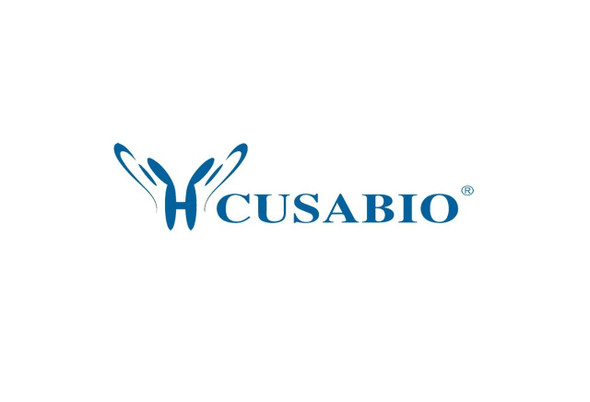Cusabio Polyclonal Antibodies
PGAM5 Antibody | CSB-PA839338LA01HU
- SKU:
- CSB-PA839338LA01HU
- Availability:
- 3 to 7 Working Days
Description
PGAM5 Antibody | CSB-PA839338LA01HU | Cusabio
PGAM5 Antibody is Available at Gentaur Genprice with the fastest delivery.
Online Order Payment is possible or send quotation to info@gentaur.com.
Product Type: Polyclonal Antibody
Target Names: PGAM5
Aliases: Serine/threonine-protein phosphatase PGAM5, mitochondrial (EC 3.1.3.16) (Bcl-XL-binding protein v68) (Phosphoglycerate mutase family member 5), PGAM5
Background: Displays phosphatase activity for serine/threonine residues, and, dephosphorylates and activates MAP3K5 kinase. Has apparently no phosphoglycerate mutase activity. May be regulator of mitochondrial dynamics. Substrate for a KEAP1-dependent ubiquitin ligase complex. Contributes to the repression of NFE2L2-dependent gene expression. Acts as a central mediator for programmed necrosis induced by TNF, by reactive oxygen species and by calcium ionophore.
Isotype: IgG
Conjugate: Non-conjugated
Clonality: Polyclonal
Uniport ID: Q96HS1
Host Species: Rabbit
Species Reactivity: Human
Immunogen: Recombinant Human Serine/threonine-protein phosphatase PGAM5, mitochondrial protein (30-223AA)
Immunogen Species: Human
Applications: ELISA, IHC, IF
Tested Applications: ELISA, IHC, IF; Recommended dilution: IHC:1:20-1:200, IF:1:50-1:200
Purification Method: >95%, Protein G purified
Dilution Ratio1: ELISA:1:2000-1:10000
Dilution Ratio2: IHC:1:20-1:200
Dilution Ratio3: IF:1:50-1:200
Dilution Ratio4:
Dilution Ratio5:
Dilution Ratio6:
Buffer: Preservative: 0.03% Proclin 300
Constituents: 50% Glycerol, 0.01M PBS, PH 7.4
Form: Liquid
Storage: Upon receipt, store at -20°C or -80°C. Avoid repeated freeze.
Initial Research Areas: Signal Transduction
Research Areas: Signal transduction











